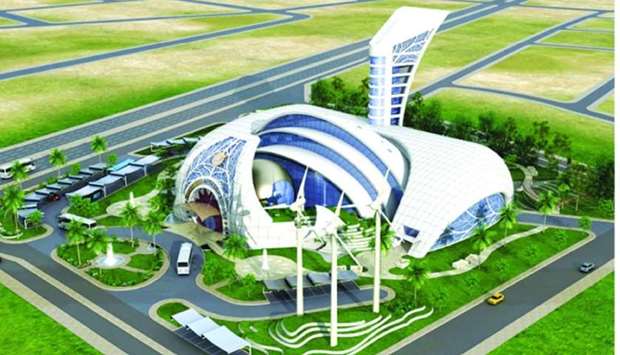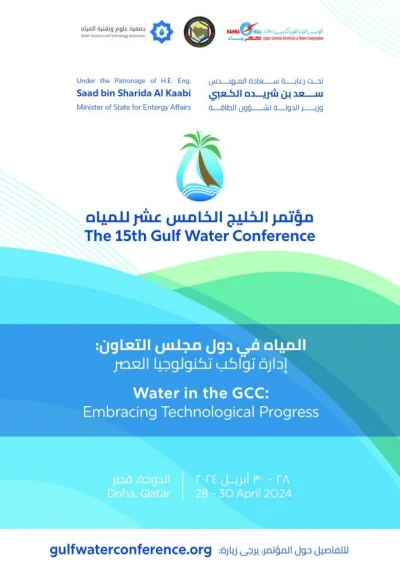Kahramaa aims to reduce per capita consumption of electricity and water by 8% and 15%, respectively as part of the second phase of ‘Tarsheed’ programme and in line with the National Development Strategy 2018-22, according to Oxford Business Group.
Tarsheed is the National Programme for Conservation and Energy Efficiency launched by Kahramaa to reduce per capita electricity and water consumption in the country.
Through Tarsheed and other efficiency measures, Kahramaa has been attempting to reduce the consumption of both desalinated water and electricity since 2012. Water and electricity consumption tends to increase in the hot summer months, when domestic customers take more showers and use more air conditioning, before dropping in the cooler months after February, OBG said in its ‘The Report: Qatar 2019’.
According to Kahramaa’s sustainability report published in 2016, consumption of water and electricity per capita had fallen by 20% and 18%, respectively, since the implementation of Tarsheed in 2012.
Smart meters play an important role in Kahramaa’s efforts to help customers monitor and reduce water and electricity consumption. By 2018 Kahramaa had installed a total of 17,000 electricity meters and 17,000 water meters, and plans to make them smart – able to be read and controlled remotely – by 2024.
According to the PSA data for November 2018, consumption of both utilities has seen a marked decline: water use was down 16.8% year-on-year (y-o-y) from 41.8mn cu m to 34.8mn cu m, while electricity usage fell by 16.7% from 3 GWh to 2.5 GWh.
The growth of the utilities sector in Qatar has slowed since 2013, OBG noted. According to data from the Planning and Statistics Authority (PSA), utilities was the fifth-most dynamic sector over the 2013-17 period, with a compound annual growth rate of 5.8%.
At constant prices the sector grew by 11.9% in 2013, 11.1% in 2014, 7.2% in 2015 and 4.1% in 2016. In 2017 utilities’ contribution to GDP was QR3.7bn at constant prices and QR6.1bn at current prices, representing increases of 0.9% and 3%, respectively, on 2016 figures.
In the first quarter of 2018, the sector’s contribution to GDP at constant prices dropped by 8% y-o-y from QR755mn to QR695mn.
At current prices, the sector was valued at QR1.1bn representing a fall of 3.5% y-o-y.
In its outlook for the country’s utilities, OBG said the expected arrival of international visitors will require more electricity and an increase in the availability of clean drinking water, which presents new opportunities for foreign power companies to invest in utility projects in Qatar.




